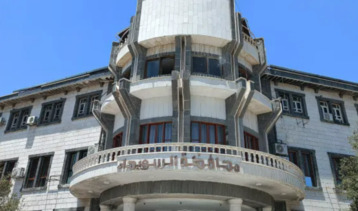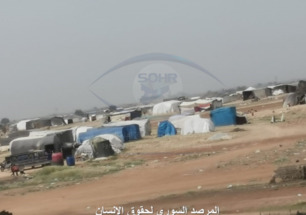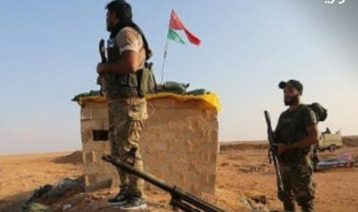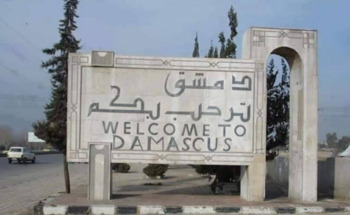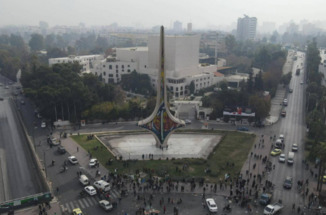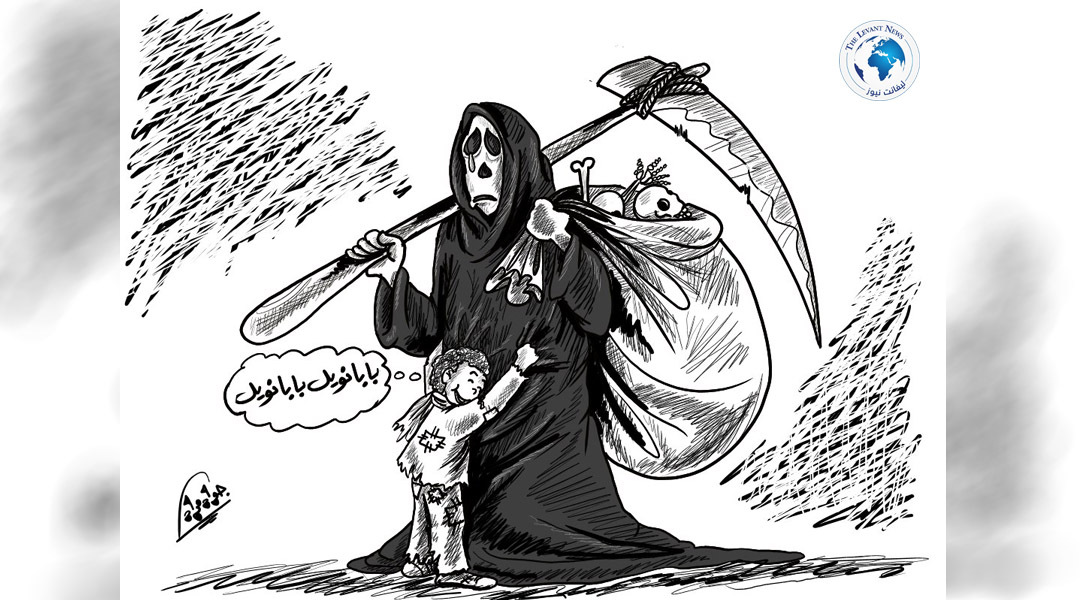-
Cities of the Lord: A Novelistic Testimony to the Syrian Tragedy

The novel is considered one of the literary forms most capable of documenting historical and social events, as it combines artistic and narrative dimensions with deep human and intellectual themes. Novels that address wars and conflicts hold special significance, as they do not merely record political and military events, but penetrate into societies, revealing the transformations that individuals and relationships undergo and how values are shattered in the face of violence and destruction. Among these works is "Cities of the Lord" by writer Hind Zeitouni, which attempts to provide a panoramic view of the Syrian war, with all its fragmentation and divisions, through characters who experience different fates, all intersecting in pain and suffering.
The novel begins in 2011, when the Syrian revolution erupted, which later turned into a devastating war that changed the country’s face and reshaped the destinies of people and geography. The protagonists of the novel are not just fictional characters; they are reflections of human conditions that experienced this catastrophe. The scene is dominated by Talaal, who loses his father and job, and finds himself compelled to work in a brothel run by a woman named Suhair. Through this relationship, the novel sheds light on another aspect of the war's repercussions, as the trafficking of bodies increases under the pressure of poverty and need, and the exploitation of women becomes a systematic practice in times of chaos.
Despite Talaal's presence in this world steeped in exploitation, he finds love with Layal, a twenty-something girl whom circumstances have forced to work in that place. This love, which blossoms in one of the darkest environments, lends the novel a human dimension and reveals how feelings can flourish even amid destruction. However, this emotional dream is soon shattered when Talaal's younger brother, Safwan, attacks the brothel with his armed group and burns it down, leading to Layal's disappearance, leaving Talaal in a whirlwind of confusion and sorrow.
Safwan represents another model created by the war; he is the young man who joined the ranks of extremist groups, convinced he is fighting to liberate his country from tyranny. Yet the novel does not present a stereotypical image of these characters; rather, it tries to understand the motivations that led him to this path, and how convictions transform under oppression, marginalization, and devastation. The middle brother, Salim, has disappeared into prisons, a fate that has become common for any young man suspected of participating in protests. Thus, the Syrian family disperses, just as thousands of families did in the reality of war, between exile, death, prisons, and conflicting allegiances.
The voices of women also emerge prominently in the novel, through various female characters, such as Souad, the eldest sister who writes her memoirs and sends them to her sister Mariam, who has settled in the Netherlands, trying to understand her reality torn between the desire to survive and the fear of death. Samia represents the model of a woman suffering from domestic violence during wartime, where the man, who is supposed to be a refuge, becomes a source of oppression. When she gives birth in one of the shelters among the oppressed from all sects, her childbirth becomes a symbol of life continuing despite the destruction. Samra, the youngest sister, escapes from her harsh husband, trying to find a safer life, but is there safety in a burning country?
What makes the novel distinctive is that it does not follow a straight timeline; it moves between events as if painting a mosaic of the Syrian war, where time intertwines with places, and stories merge with individual and collective tragedies. The author employs a style of letters and diaries, where Mariam's letters to her sister reflect the transformations she has gone through, from a frightened woman to an independent woman who refuses to submit to any male authority.
The title of the novel carries a profound symbolic dimension, as it refers to "Cities of the Lord," which could be understood as the Syrian cities that have turned into ruins, just as happened with the cities of 'Aad and Thamud, or perhaps it entails a condemnation of those groups that destroyed cities in the name of religion. This duality of interpretation reflects the deep philosophical dimension of the novel, raising questions about the fate of peoples who collapse before tyranny and extremism alike.
Through the different characters, the novel offers a critical perspective on war; it neither absolves one side nor champions another, but rather captures the catastrophe in all its dimensions. It is a literary testimony to a phase of Arab history, where there are no winners in the battle; everyone is a loser, and the homeland has become nothing but ruin and memory.
"Cities of the Lord" is not just a novel about the Syrian war; it is a contemplation of human destinies when chaos and violence take control. It is a call to reflect on the meaning of homeland, the meaning of survival, and the burden of memory that continues to pursue a person wherever.
Taqreed Bou Marai | Lebanese Writer Residing in Brazil
You May Also Like
Popular Posts
Caricature
opinion
Report
ads
Newsletter
Subscribe to our mailing list to get the new updates!




